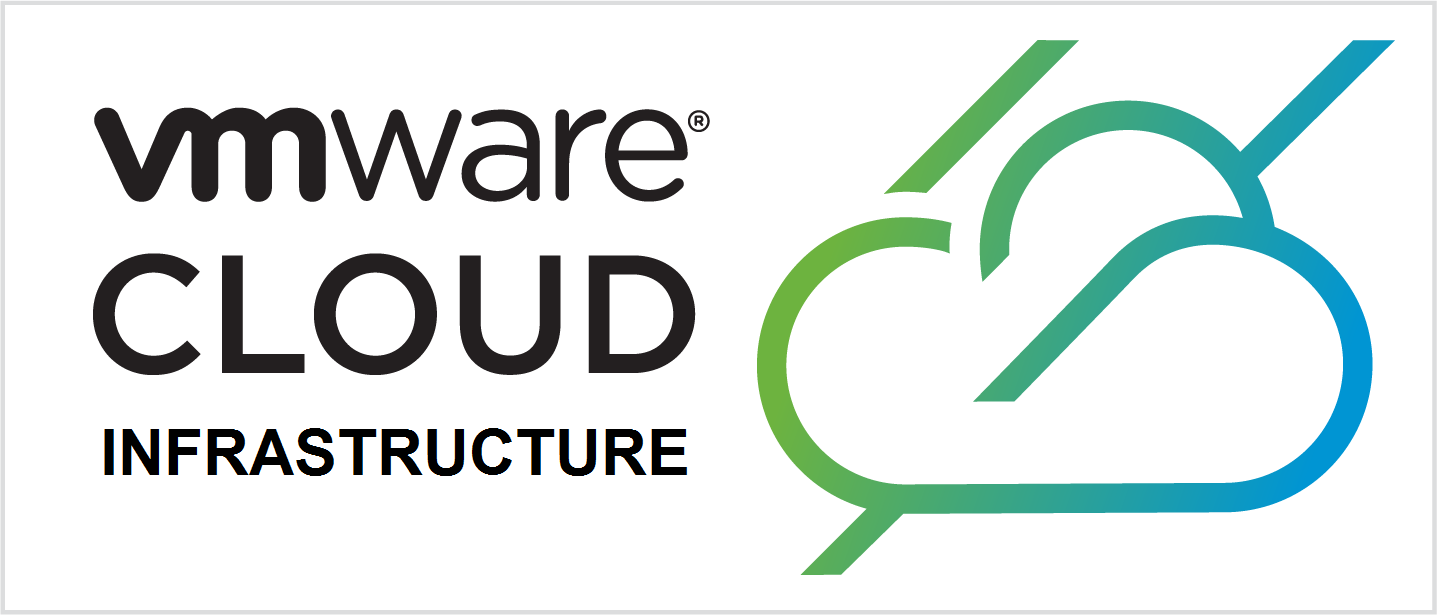Compute Resources for VMware vSphere Cloud Infrastructure
 This article explains on how to estimate required number for VMware ESXi hosts to setup your own VMware vSphere cloud infrastructure.
This article explains on how to estimate required number for VMware ESXi hosts to setup your own VMware vSphere cloud infrastructure.
To determine the required number of VMware ESXi hosts that is needed to consolidate virtualization candidates, performance and utilization can been analyzed using VMware Capacity Planner.
VMware ESXi Host CPU and Memory Requirements
For this exercise let’s assume as a result of CPU and Memory analysis we have got the following performance requirements. For our analysis we have considered primarily the resource utilization for each system, including average and peak CPU and memory utilization.
[table id=2 responsive=mode column_widths=”500px|200px”/]
Now we can start estimating number of ESXi hosts that is required to support the workloads.
ESXi Host CPU Specifications
Using the performance data above along with CPU and RAM requirements, it is possible to derive the high-level CPU and RAM requirements that an ESXi host must deliver. Let’s say the following table provides high-level CPU specifications details of the chosen ESXi server.
[table id=3 responsive=mode column_widths=”500px|200px”/]
ESXi Host Memory Specifications
Similarly you need to perform analysis on high-level memory specifications. Let’s assume you have chosen an ESXi Server which comes with 96GB configuration which provides sufficient capacity for the requirements and still allow room for growth.
[table id=4 responsive=mode column_widths=”500px|200px”/]
ESXi Host Requirements
So based on the above high-level CPU and Memory specifications we can derive the minimum number of ESXi hosts required from the perspective of both CPU and Memory.
[table id=5 responsive=mode column_widths=”100px|250px|250px|250px”/]
VMware ESXi Hosts Required for Project
Let’s say if we anticipate the growth rate of 20%, then the following table shows the required number of hosts for our vSphere environment.
[table id=6 responsive=mode column_widths=”250px|250px|250px|250px”/]

